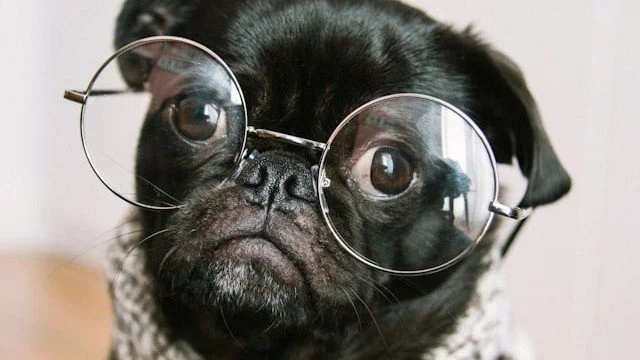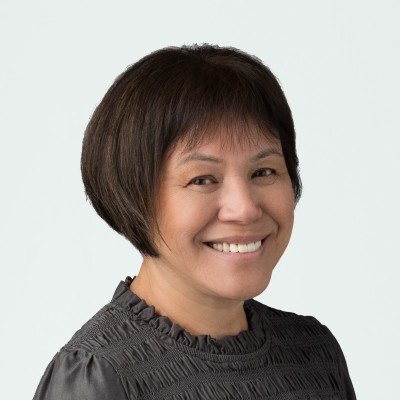Two Ways of Learning
Newton’s Theorem vs. Newton’s Dog
By Monica Leon
Back in 2019, I read a paper by G. Eoyang titled Sir Isaac Newton’s Dog: Learning for Adaptive Capacity. It’s a playful exploration of two distinct ways of learning—one based on Newton’s theory and another on Newton’s dog. It's not about Newton’s dog, but rather about a different approach to learning.
At first, I dismissed it, unsure of its relevance to human systems dynamics. But over the years, I kept returning to it, drawn to its insights on how different learning approaches shape outcomes.
Navigating a Rapidly Changing World
I don’t know about you, but the last few months have been topsy-turvy to the potency of three. One day, you go to bed, and by the next morning, it feels like we’ve woken up in a radically new world. Yet, despite this upheaval, we’re still expected to create results and stay productive. The way we approach change and learning, however, tends to be compartmentalised into two distinct buckets.
In my post on silent transformation, I explored how change is global and continuous. However, we don’t typically engage with it that way. Instead, we only notice the event—the break, the gap—and then we act.
Recognising the Unexpected Before It Becomes an Event
A key element here is learning to recognise Diamond. Unfortunately, in everyday life, the “unexpected” remains unseen until it turns into an event—and often, that event is unpleasant. It’s rarely a single disruption; rather, it’s the accumulation of many smaller shifts that go unnoticed until they reach a tipping point.
Eoyang’s paper offers a lens into this dynamic. Learning Newton’s theorem follows a conventional path—understanding it to replicate it, with success measured by fidelity: the ability to apply it consistently. In contrast, learning Newton’s dog is a more fluid process:
Recognising Diamond (the dog)
Interacting with him
Improving at both over time
Mastery isn’t about replication but about fluency—engaging with Diamond and other dogs in adaptive, responsive ways. This kind of learning thrives in open, ever-changing environments, requiring creativity, courage, and sensitivity.
Mindful Learning: A Different Perspective on the Same Challenge
A different voice, using different labels but describing a similar phenomenon, comes from Harvard psychologist Ellen J. Langer. In her work on mindful learning (2000), she makes a clear distinction between mindful and mindless learning. Her research suggests that how we learn is often more important than what we learn. Mindlessness, she argues, keeps us trapped in automated responses—acting according to past patterns rather than engaging with the present. We become stuck in single perspectives, unable to see new ways of knowing.
Langer’s concept of mindful learning is about engaging with our surroundings without preconceived notions. Instead of relying on pre-packaged responses, it encourages us to notice new distinctions, deepening our sensitivity to different contexts. This openness prevents us from falling into limiting mindsets and allows for greater adaptability.
Both Eoyang and Langer emphasise the importance of curiosity and nonjudgment when navigating uncertainty. They offer different models, but both highlight the need for exploration and fluidity.
The Organizational Dilemma: Learning for Certainty vs. Learning for Adaptability
Yet, most organisations continue to operate as if certainty and replication are the ultimate goals—reinforcing unexamined biases rather than fostering adaptability. In this world, confusion doesn’t mean you’re failing to learn; it means you’re stepping into new territory. New patterns emerge, new connections form.
This shift in learning is not just an abstract idea—it’s highly relevant to organisations. Based on the latest statistics from Statista.com, the global employment-to-population ratio is projected to reach 57.8% by 2025. This means that more than half of the worldwide population aged 15 and above will be engaged in work—either employed by organisations or self-employed. The decisions these individuals make at work will shape many aspects of our lives, including participation in social life.
If organisations continue prioritising rigid, replicable learning over adaptive capacity, they risk being ill-equipped to navigate an increasingly complex and unpredictable world.
Becoming a bit more Comfortable with the Unknown
The expectation isn’t to “know it all” because we can’t. Instead, it’s about becoming comfortable with the unknown, learning to act with nuance, and refining our ability to amplify, dampen, or discard ideas as needed.
Though Eoyang’s paper was aimed at education, its insights—and those of Langer—are deeply relevant for today’s workforce. The question is: Are we ready to shift how we learn/change?
This blog might come across as a "polarity", but it’s really about fitness and nuance—adapting to what’s needed in the moment. I know attention and space are limited, but if you're curious to dive deeper, let’s connect.
Monica Leon is an experienced OD practitioner, facilitator and coach who believes in tapping into the collective wisdom to co-create. Monica supports her clients in crafting flexible strategies to tackle complexity and uncertainty. She has worked, lived and studied in four continents. Monica currently lives and works in Auckland, New Zealand.







